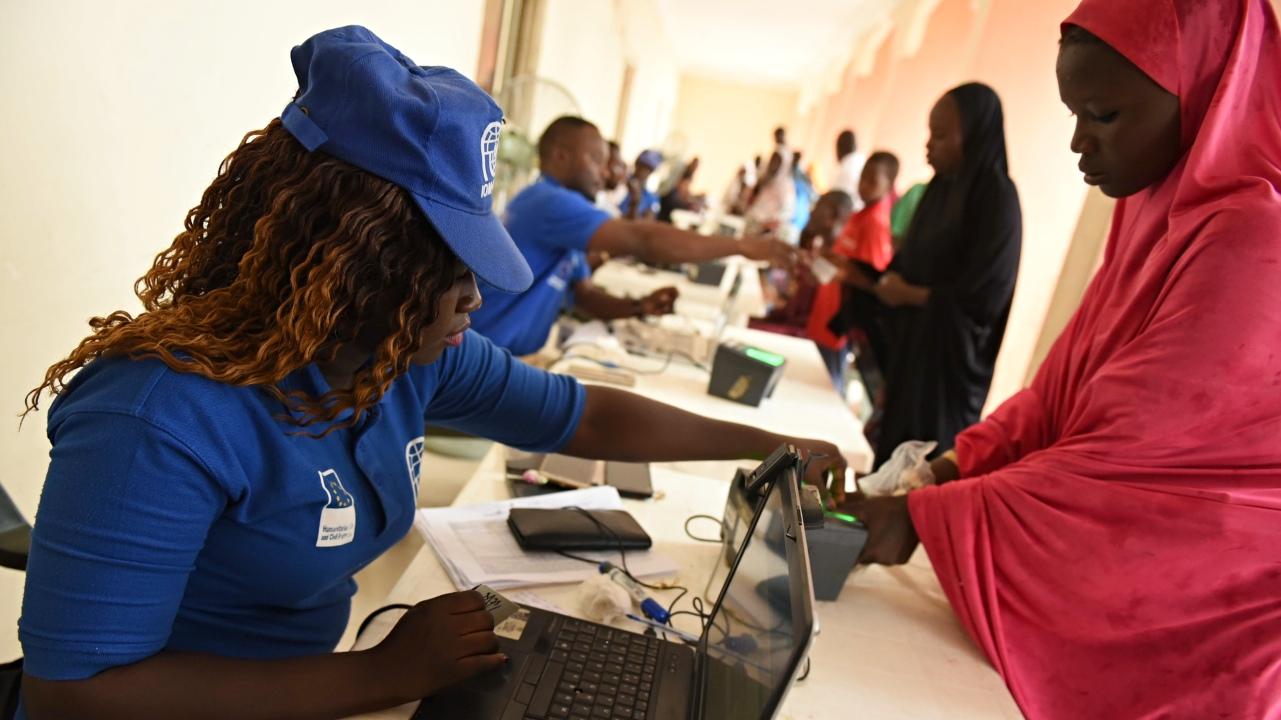Rachel Flynn is a PhD student in LSE’s Department of International Development. Her thesis is Southern Sudan’s periphery: state-building in fragile border regions. The world is currently focussed on the unrest at Southern Sudan’s border with its northern cousin, but Flynn argues that it is just one of several border issues the new state will have to tackle.
The killing of nine Kenyans by a group of Southern Sudanese in a remote region of the Southern Sudan-Kenya border on 15 June serves as a potent reminder of the extremely volatile and potentially explosive nature of the nascent country’s international borders.

Given the history of Southern Sudan and the often nomadic nature of many of the groups living on its periphery, its international borders have tended to be weakly defined. It is this lack of clear demarcation, coupled with the neglect regularly experienced by border-dwellers, that has the potential to destabilise Southern Sudan.
The conflict that resulted in the recent deaths of nine Kenyans has been playing out over a long period of time between the Toposa of Southern Sudan and the Turkana of Kenya.
The crux of the issue is that because nomadic pastoralism is their main livelihood and they live in regions increasingly prone to drought, these groups need to share dry season pasture and water points.
Historically, conflict over this resource-sharing was managed and resolved locally, but state intervention has led to an escalation of the conflict, creating a ‘damned if you do, damned if you don’t’ scenario for the Government of Southern Sudan (GoSS).
This is not the only border region that is proving recalcitrant. Recently in Nimule, a vibrant town bordering northern Uganda, the government’s attempts to stop locals using Ugandan Shillings instead of Sudanese Pounds led to such ferocious opposition, including the complete closure of the town’s market for a fortnight, that ultimately the government had to acquiesce.
The use of Ugandan Shillings is only one symptom of this peripheral region being more integrated into the Ugandan economic society than the Southern Sudanese one.
This failure of GoSS to exert control over its currency is symptomatic of the state’s weak presence and authority at its international borders.
There are countless other examples of state weakness – the continued presence of the Ugandan militia group, the Lord’s Resistance Army, on the Central African Republic border; ongoing child abductions in Jonglei State bordering Ethiopia; and increasingly violent and fatal cross-border cattle-raiding on the Kenyan and Ugandan borders, to name just a few.
At the moment, all eyes are on the north/south border as tensions mount ahead of Southern Sudanese independence on the 9 July. However, it is not the only border that poses major challenges to the Government of Southern Sudan as the country embarks on its nation-building project. Furthermore, it is not the only border region that deserves attention, a point that GoSS, the international community and the aid industry would do well to remember.





